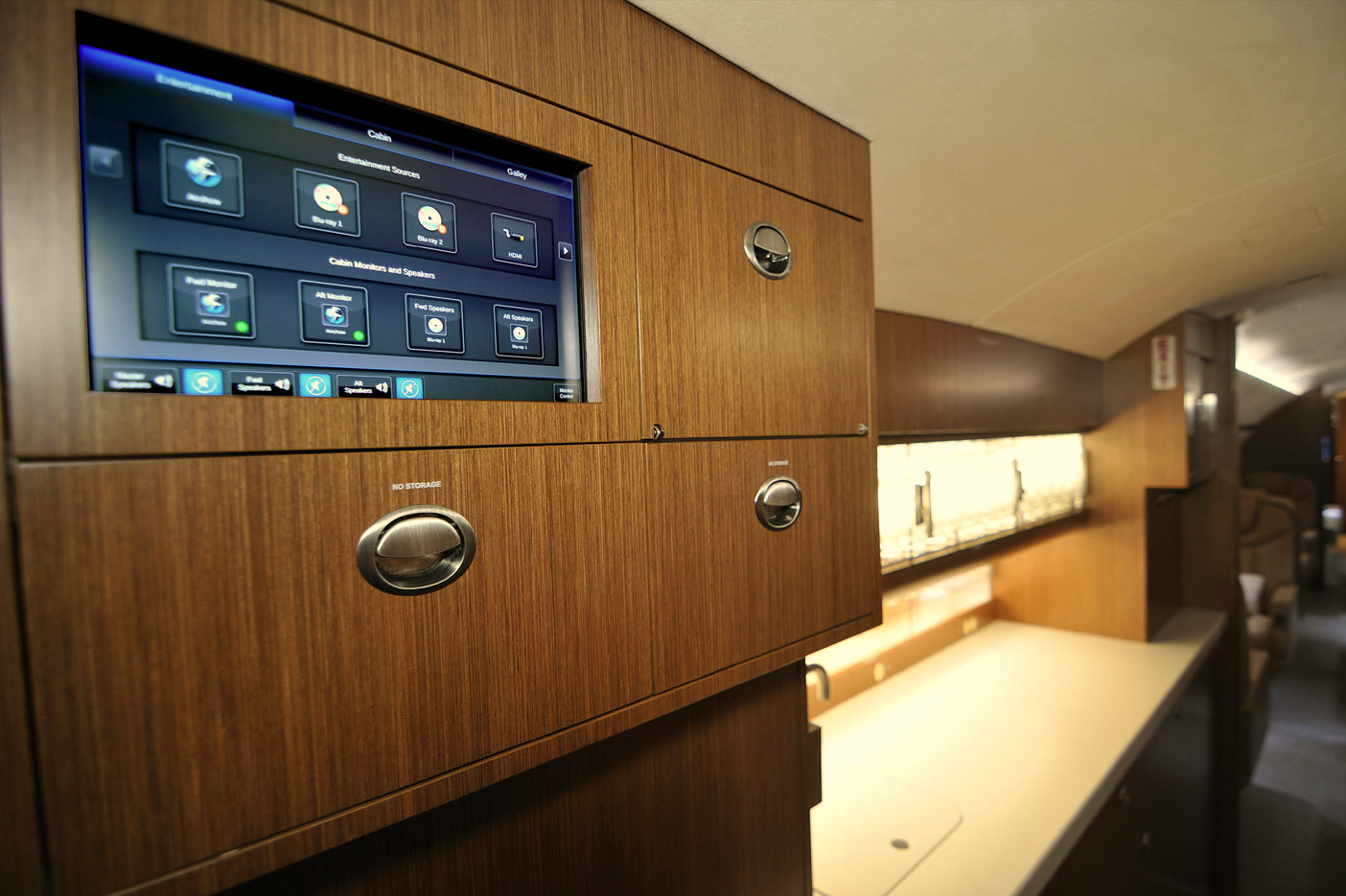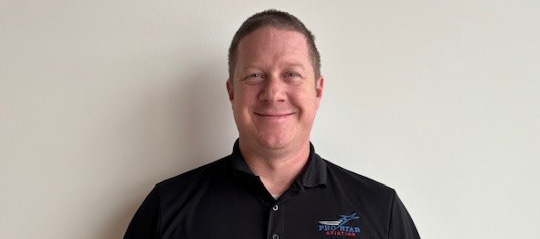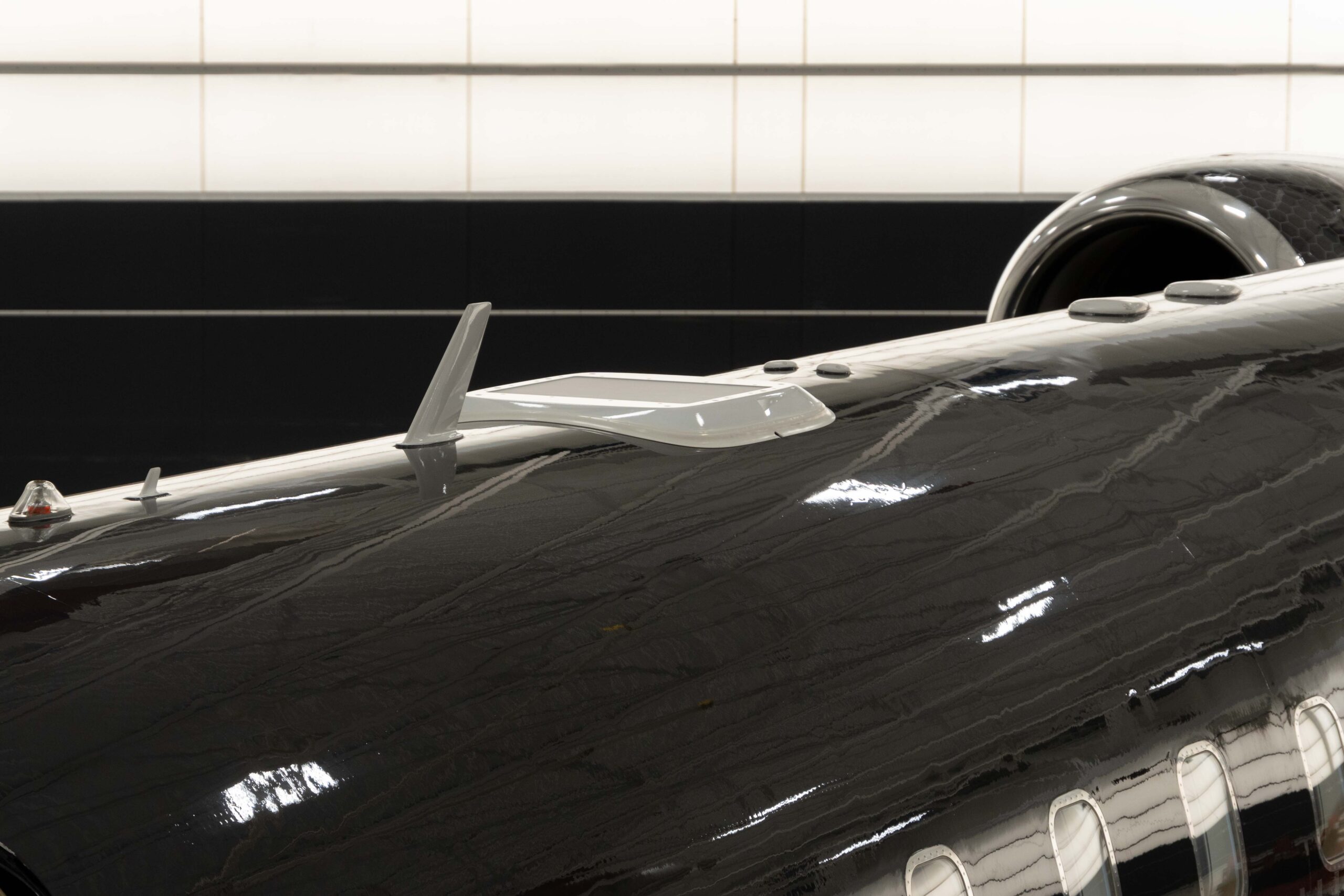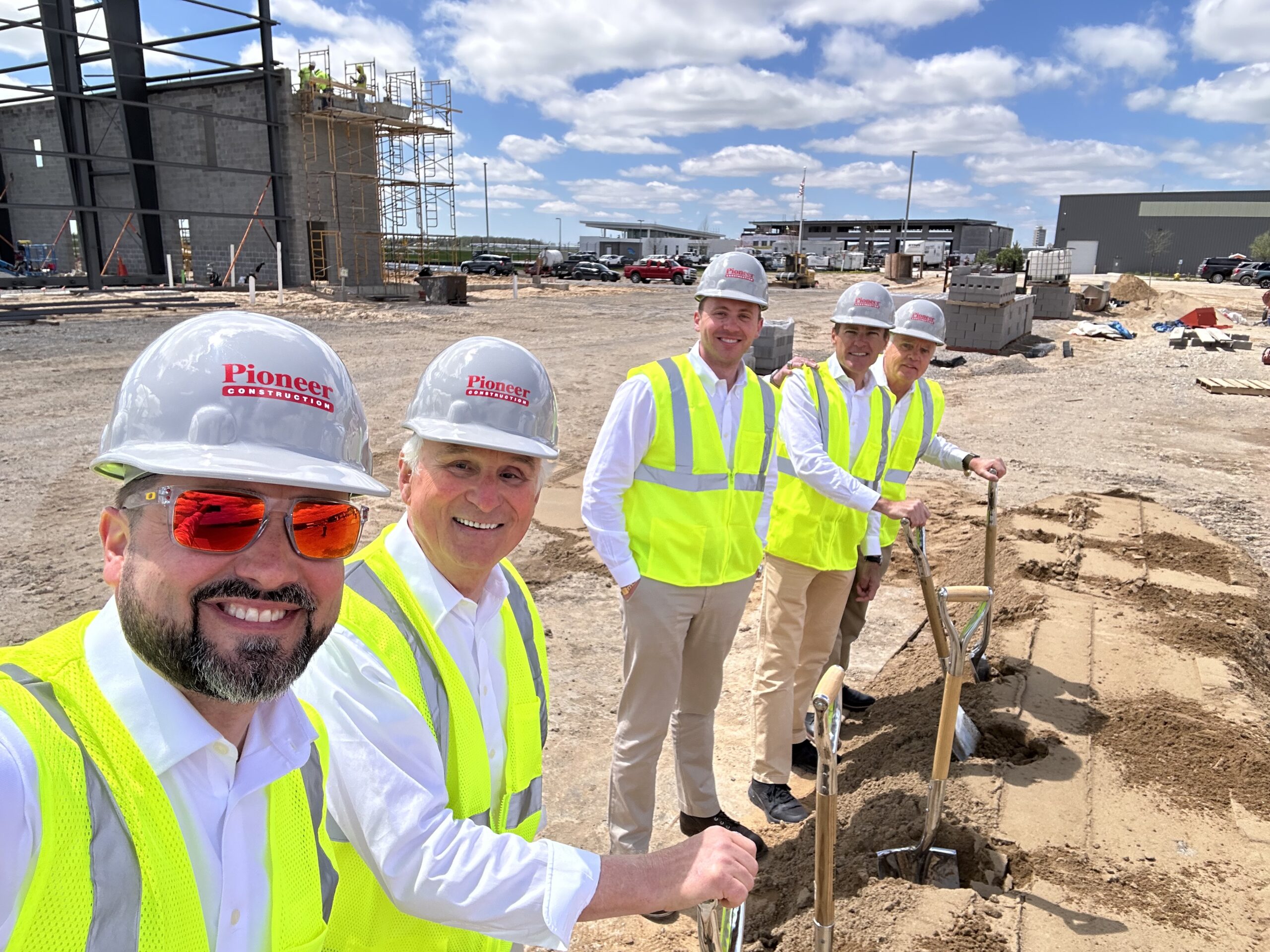AEA Interview with Pro Star Aviation’s newest General Manager
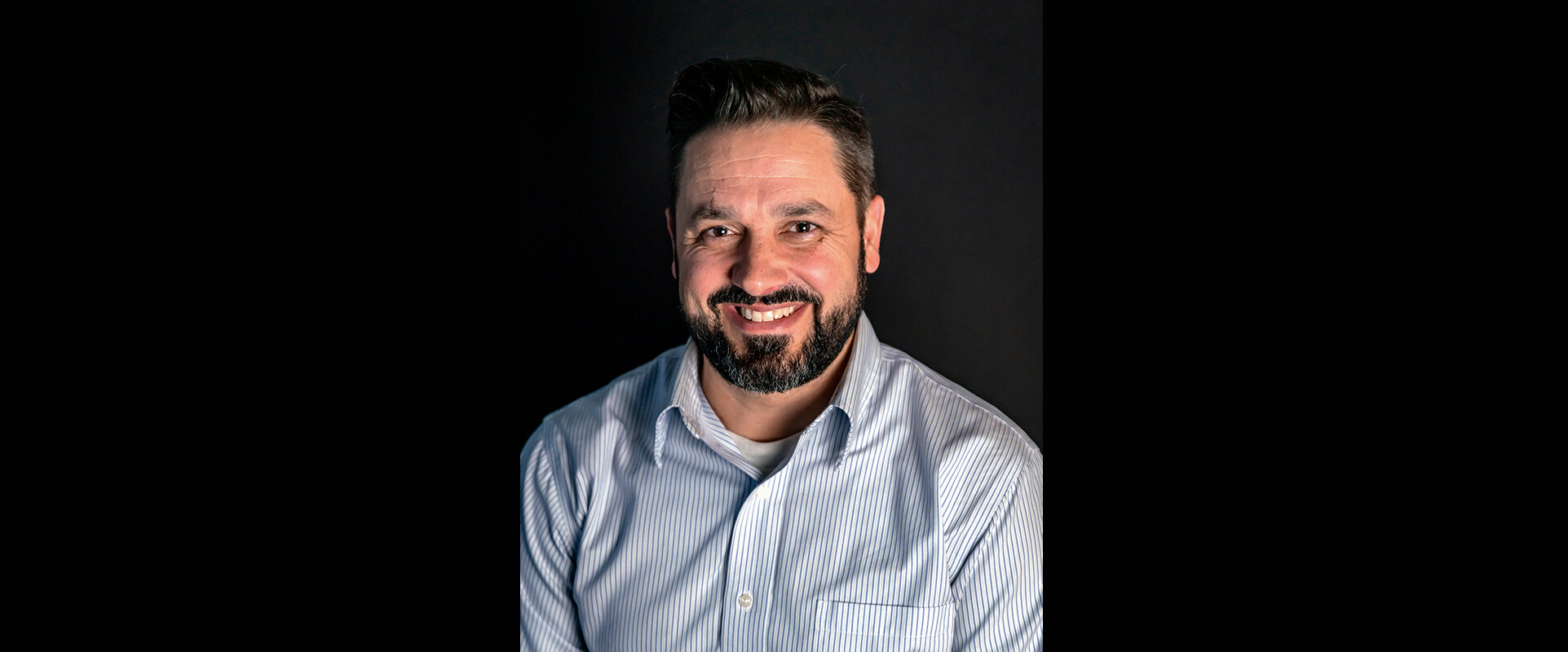
Extracted from January 2019 publishing of Avionics News
Original Title: Sean Peterson of Pro Star Aviation | Aviation Aces
By Patricia Luebke
Sean Peterson grew up in Westfield, Massachusetts, in an aviation family. His father was in the Air Force and, upon leaving, worked on smaller general aviation airplanes and was an A&P instructor. In the early 1980s, Peterson’s father was hired by Canadair (now Bombardier).
“I remember going to work with him, around age 5 and getting exposure to corporate aviation,” he said. “That’s when the bug bit me. I had my first Challenger flight at age 6, and I remember it as awesome.”
Peterson attended a technical high school where he learned how to draft using AutoCAD software and how to generate G-code programming for CNC milling machines, a language in which people tell computerized machine tools how to make something. During his junior and senior years, he was selected (because of his high grades) for a co-op program with Berkshire Industries, a company that manufactured aircraft parts and ran a CNC machine.
“I would spend one week at school and the next week at the company,” Peterson said. “I earned a paycheck while learning cool stuff.”
From that experience, Peterson realized he didn’t want to stay in manufacturing as a career, but he did want to be involved with aircraft.
“My father got me work on the ground level as a mechanic’s helper at Bombardier when I was 18,” he said.
Peterson was scheduled to start A&P school within a few months, but the school suddenly closed, and Bombardier offered him full-time work.
“I had a humble approach that allowed me to get close to the A&Ps there,” he said. “Soon I was a modifications technician with a new program installing avionics systems.”
Thanks to his machining background, Peterson could fabricate instrument panels. At the same time, he became proficient in wiring and systems testing. Soon he was promoted to a position that was less installation and more avionics troubleshooting and inspections.
“I also did a lot of road trips to fix aircraft out in the field,” he added.
This also was a time for learning.
“During the time I was working as a tech, anytime I could get my hands on something else – doing structural repairs, fixing a fuel line – I would align myself with the person who had the experience and learn from him,” he explained.
Because of this self-education and experience, he applied for an A&P license and got it through work experience.
“An A&P signs you off to take the test,” he said. “It takes a bit longer, and you have to show you’ve done all the different aspects of maintenance.”
His next promotion was off the shop floor into an office position in methods and scheduling. He prepared large modifications packages along with all the planning, making sure avionics were compatible, parts were ordered, engineering drawings were done and more.
In short, Peterson said,
“I learned a lot about managing a large project.”
After 10 years with Bombardier, his next aviation position was with Embraer Aircraft Maintenance Services in Nashville, Tennessee, where he was hired as a scheduler/planner for the company’s E-Jet line. After a year, he was selected to be part of the Embraer team to implement the Enterprise Resource Planning software program company-wide, which gave him a lot of exposure to all aspects of the company.
“Every department used it, and we developed forms and reporting for each department and training curriculum to use,” he said. “We went live 11 months later, and everything went well.”
While this was happening, Embraer Executive Jets was starting MROs in Mesa, Arizona; Fort Lauderdale, Florida; and Bradley Airport in Connecticut.
“I was able to interact with Bob Davis who was staffing for the Phenom 100 entry into service, and I was offered a position doing the scheduling and planning for all three service centers,” he said.
As a result, he was transferred to Mesa. Because of time zone differences, customers could still get extended after-hours support.
In 2010, Embraer made the decision to revitalize its Bradley Airport facility, and Peterson was tapped for the job of operations manager. He was at Bradley from January 2011 to September 2018, when a business connection landed him a new position.
“I was looking at Pro Star to come up with an engineering package, went to its website, and noticed the company had an opening for a general manager position,” he explained.
That was in April 2018, and during the course of the next few months, he spoke with Kevin Harriman, Pro Star’s managing partner. In August, Peterson was offered the job.
Peterson has enjoyed the transition to Pro Star.
“Coming from the OEM world, I always wanted to work for a smaller company and make decisions quickly,” he said. “Pro Star has such a great reputation, and I felt in my gut coming to Pro Star was a career move I wanted to make.”
Relatively new at the job, Peterson is still trying to wrap his arms around the scope and the different aspects of the position. One item on his agenda is to get the company more up-to-speed with Quantum, the software that he used at Embraer. The choice to use Quantum was made before his arrival. Right now,
“We’re using it on a basic level, and because I’ve used it since 2007, I can implement Quantum to a higher level. It’s a powerful tool.”
He also is familiarizing himself with the financial side of Pro Star and is looking forward to being responsible for profits and losses in the near future. As for his life outside the office, Peterson has been married for 18 years to Sheri, a woman he has known since third grade. They have two boys: Seneca, 9, Sagean, 10, and a four-legged family member named Addie, a rescued yellow lab.
“Addie was a handful at first, but she’s turned out to be a great dog,” he said.
Peterson is proud of being a second-generation A&P and that he followed his father’s footsteps into business.
“My career choice has a lot to do with my father,” he concluded. “I just love airplanes. I always have, and I always will.”
